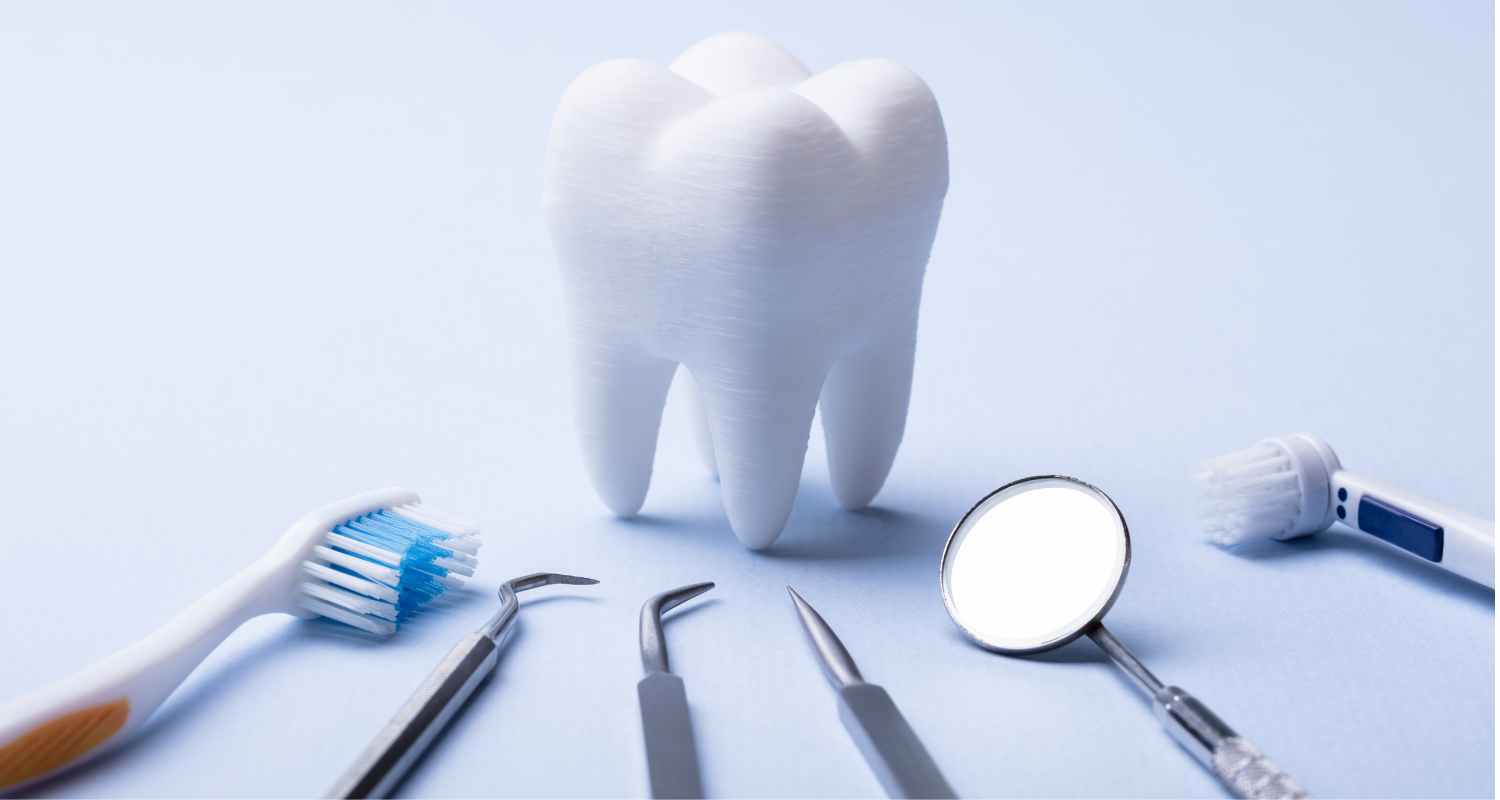Dental crowns, sometimes known as a “cap,” are a covering that resembles a tooth used to cover a tooth and restore its size, shape, strength, and aesthetic appeal.
When the dental crowns are affixed to the teeth, they completely encapsulate all of the visible tooth structure that is located at and above the gum line.
Why do I need dental crowns?
1. Tooth Decay / Cavities
The tooth’s structure becomes more vulnerable to decay. Cavities that are discovered early can be treated with a quick and easy filling. But removing a tooth can weaken and leave it open to further bacterial damage if the decay has spread to more substantial areas of the tooth. By covering and guarding the tooth, dental crowns can keep bacteria out. When a single tooth develops several cavities over time, dental crowns are frequently required.
2. Root Canals
A procedure known as a root canal is required when the pulp of the tooth becomes infected in order to remove the diseased area and thoroughly disinfect the inside of the tooth. The tooth becomes weak and brittle following a root canal procedure because all of the nerves, blood vessels, and pulp tissue have been taken out of it. Root canal-treated teeth are covered with dental crowns to stop further decay and support bite and chewing motions.
3. Broken Teeth
Dental crowns may be necessary for deep cracks and fractures but is rarely necessary for a minor chip in a tooth. Teeth cracks frequently result in pain and sensitivity to temperatures when food particles get stuck inside. Dental crowns stop pain and sensitivity while defending the tooth against additional harm.
4. Cosmetic repairs
Dental crowns can be put over a tooth with permanent discolouration to improve it. In order to blend in with the rest of the teeth, porcelain crowns can be matched to the enamel’s natural shade.
5. Missing teeth
Your dentist will suggest a restoration, such as dental implants or a bridge if you are missing a tooth or teeth.
Dental implants insert a post into the jawbone to replace the natural tooth root. The gap left by a missing tooth can be filled by affixing a dental crown to the post using an abutment.
When several teeth in a row are missing, dental bridges are an additional restoration option. Natural teeth on either side of the gap are given dental crowns, which are then connected to the dental bridge with artificial teeth attached to fill the space.
How long do dental crowns last?
Dental crowns typically last five to fifteen years. The amount of “wear and tear” crown experiences, how well you practise good oral hygiene, and your mouth-related behaviours can all affect how long a crown will last. These oral habits may include the following:
- Grinding or clenching your teeth.
- Chewing ice.
- Biting your fingernails.
- Using your teeth to open the packaging.
How Should We Care for Our Temporary Dental Crowns?
Because temporary dental crowns are just that — a temporary fix until a permanent crown is ready — most dentists suggest that a few precautions. These include:
- Avoid sticky, chewy foods (for example, chewing gum, caramel), which have the potential of grabbing and pulling off the crown.
- Minimize use of the side of your mouth with the temporary crown. Shift the bulk of your chewing to the other side of the mouth.
- Avoid chewing hard foods (such as raw vegetables), which could dislodge or break the crown.
- Slide rather than lift out dental floss when cleaning between your teeth to avoid pulling off the temporary crown.
Save Your Smile Today
Because a dental crown covers your entire tooth, it offers a natural-looking restoration. If you use crowns instead of fillings for large breaks and significant decay, you reduce the risk of needing artificial teeth in the future.
If you’re still unsure what type of restoration you need, contact the dental team at Hi-Tech Family Dentistry online or at (506) 634-8858 today to schedule an appointment. Our dental office offers a comfortable experience with friendly and knowledgeable staff.


